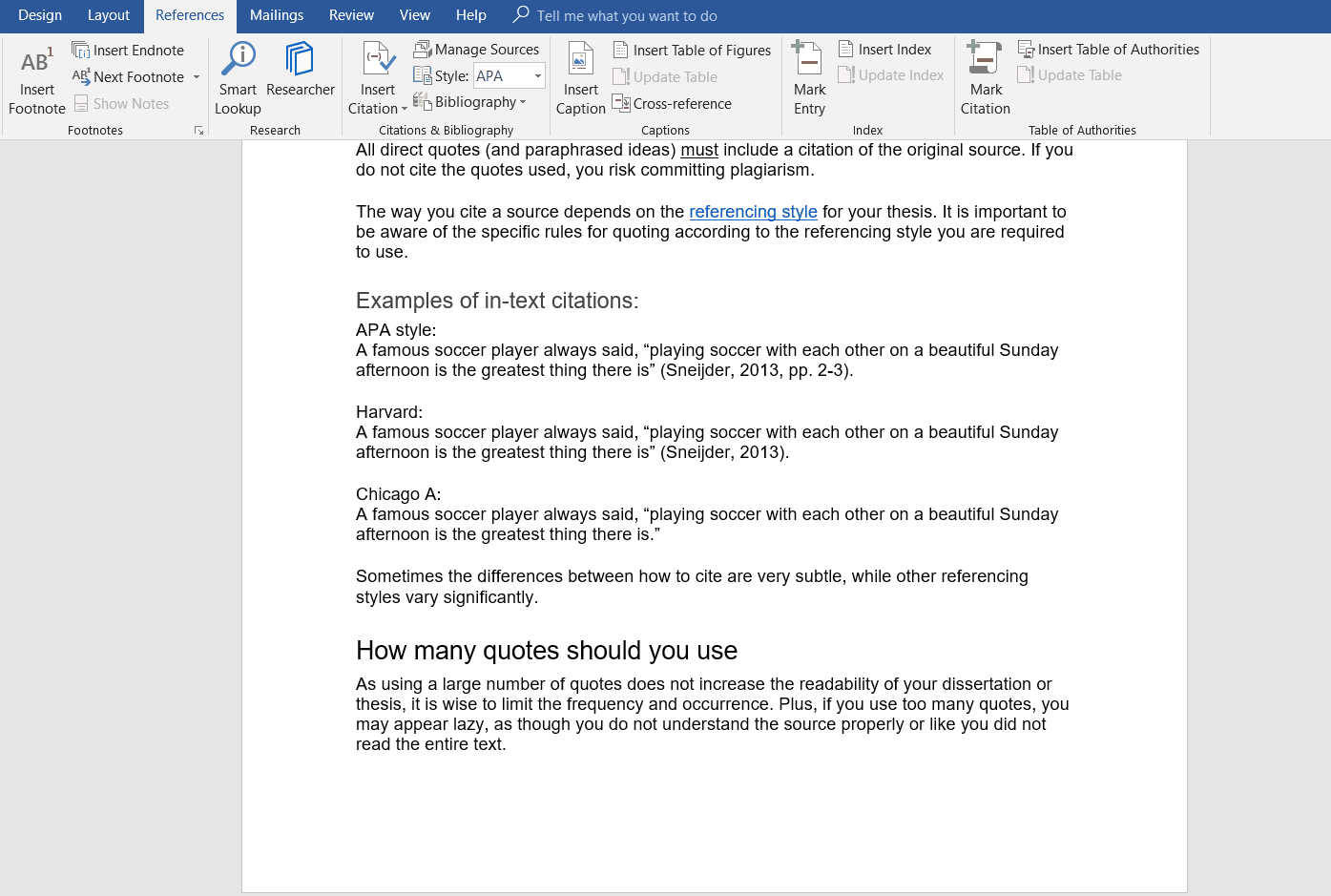

Īs far as possible, the guidelines in OSCOLA are based on common practice in UK legal citation, but with a minimum of punctuation. OSCOLA does not purport to be comprehensive, but gives rules and examples for the main UK legal primary sources, and for many types of secondary sources. 15 However, this does not mean that.ġ5 Cherry v Advocate General CSC 37 R (on the application of Miller) v Prime Minister UKSC 41, AC 373. Recent cases have raised questions about the extent of executive power and its relationship to parliamentary sovereignty. Where more than one citation is given in a single footnote reference, separate them with semi-colons. Put the footnote marker at the end of a sentence, unless for the sake of clarity it is necessary to put it directly after the word or phrase to which it relates. Indicate footnotes with a superscript number which should appear after any relevant punctuation in the text. When citing any source, either directly (as a quotation) or indirectly (by paraphrasing or referring to ideas in a source), cite the reference in a footnote, in the style indicated in OSCOLA.

OSCOLA does not use endnotes or in-text citations. OSCOLA is a footnote style: all citations appear in footnotes.


 0 kommentar(er)
0 kommentar(er)
